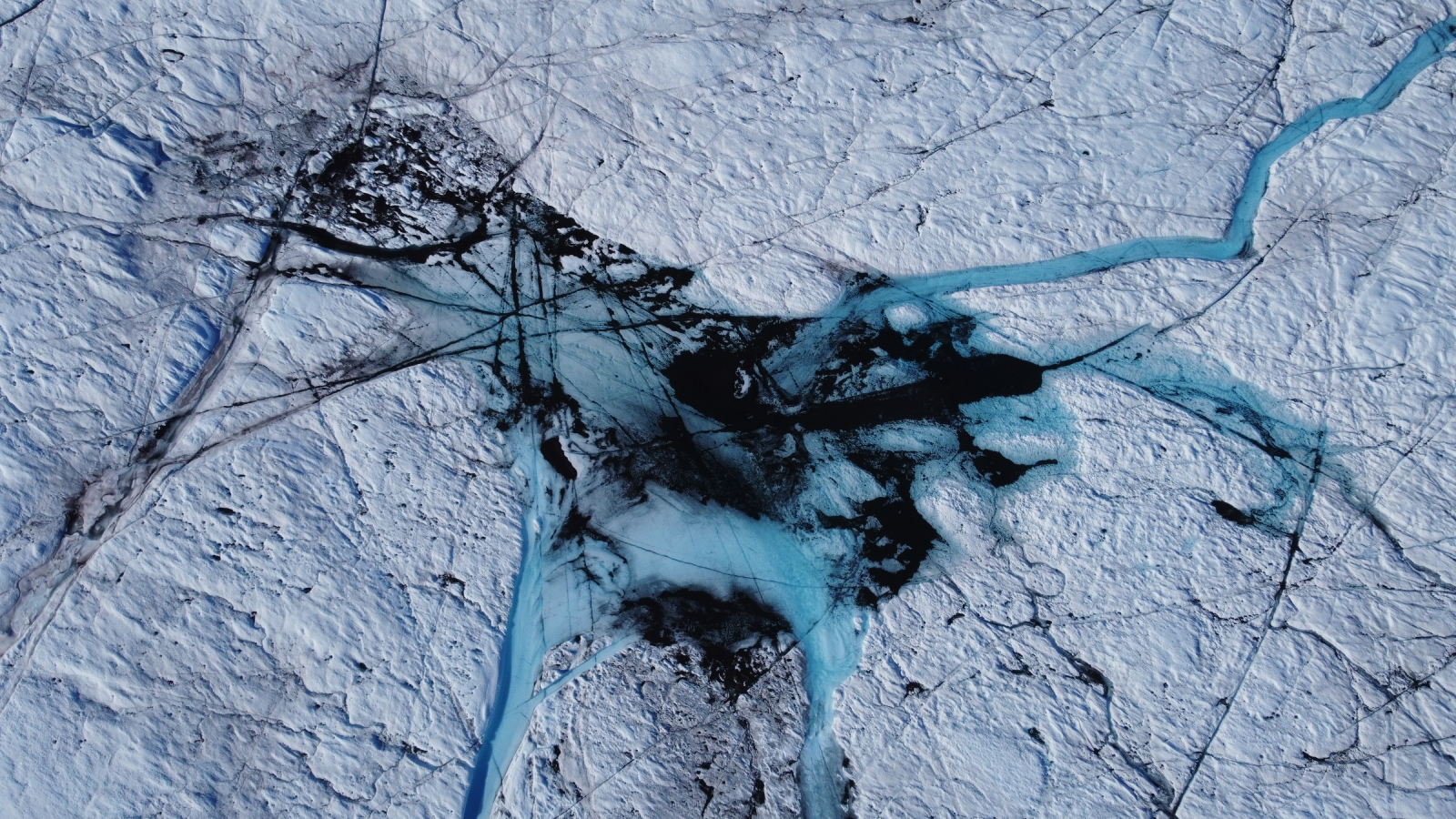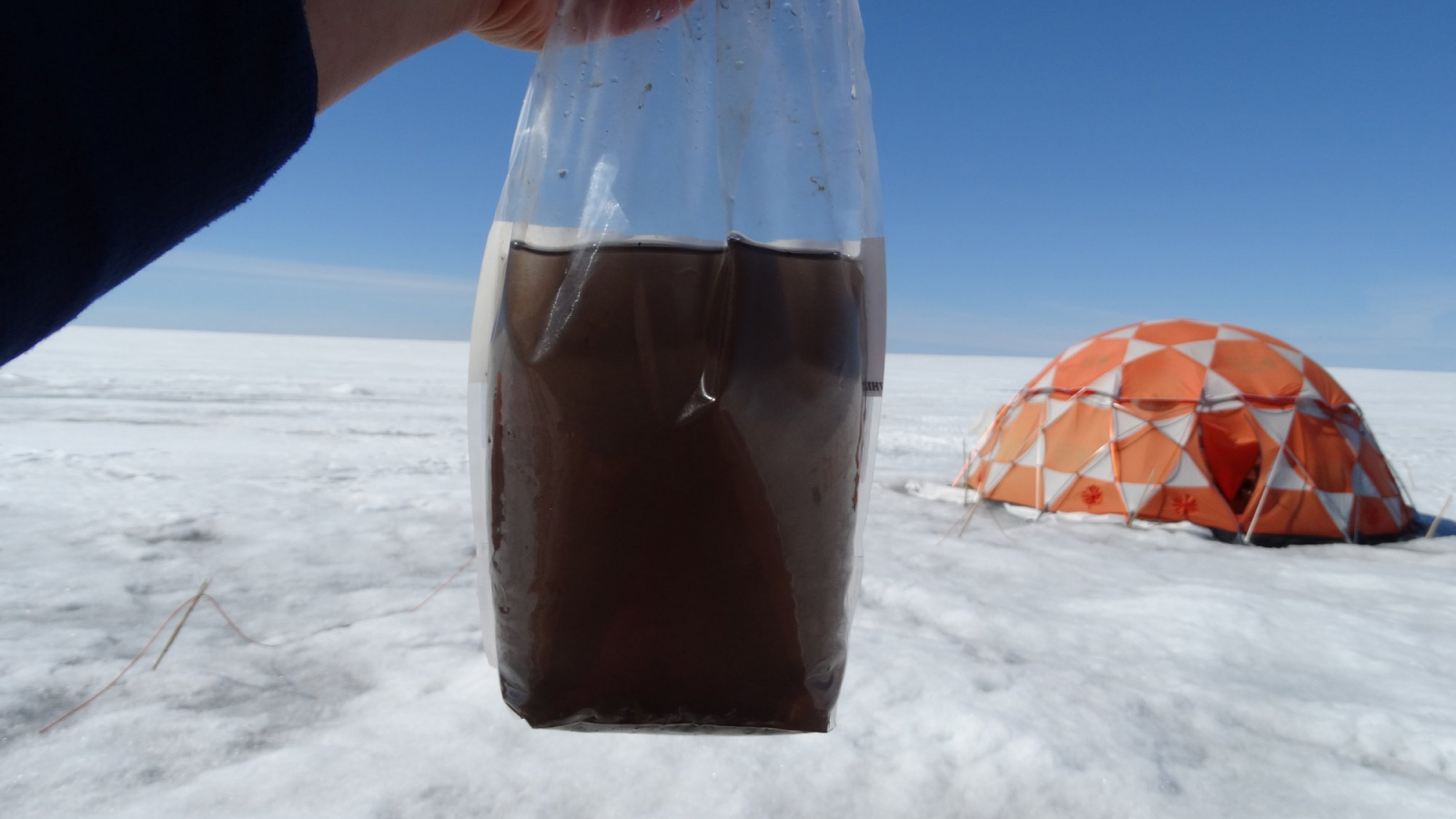
Arctic researchers have detected signs of giant viruses living on the Greenland ice sheet that could help reduce some of the impacts of climate change.
The giant viruses, which can be up to around 1,500 times larger than regular viruses, might be attacking microscopic algae that turn Greenland's ice a darker color and cause it to melt faster.
For the first time, in a new study published May 17 in the journal Microbiome, scientists identified signs that giant viruses are living on ice and snow that contain lots of colored algae, suggesting a relationship between the two. The team hopes that finding and understanding these viruses could unlock ways to naturally control algae growth and, therefore, reduce melting.
"We don't know a lot about the viruses, but I think they could be useful as a way of alleviating ice melting caused by algal blooms,” study lead author Laura Perini, a postdoctoral researcher at Aarhus University in Denmark, said in a statement.
"How specific they are and how efficient it would be, we do not know yet. But by exploring them further, we hope to answer some of those questions," she added.
Related: Greenland is losing so much ice it's getting taller
Algae lies dormant on Greenland's ice and blooms in spring, darkening parts of the usually white landscape. The darker coloring reflects less sunlight than white snow and ice, which accelerates melting, according to the statement.

Researchers collected samples from dark ice, red snow and melting holes in different locations on the Greenland ice sheet in 2019 and 2020. They then analyzed the DNA found within those samples to identify sequences of genes with high similarities to giant viruses, which belong to the Nucleocytoviricota phylum.
"In both the dark ice and red snow we found signatures of active giant viruses. And that is the first time they've been found on surface ice and snow containing a high abundance of pigmented microalgae," Perini said.
The algae are part of a complex ecosystem that also includes bacteria, fungi and protists — a collection of typically small, unicellular organisms that don't fit into the other groups. Perini and her team will conduct further research in a bid to better understand the ecosystem as a whole, so they can determine which hosts the viruses are infecting and be sure that they're attacking the algae.
"We [will] keep studying the giant viruses to learn more about their interactions and what exactly their role is in the ecosystem," Perini said.







